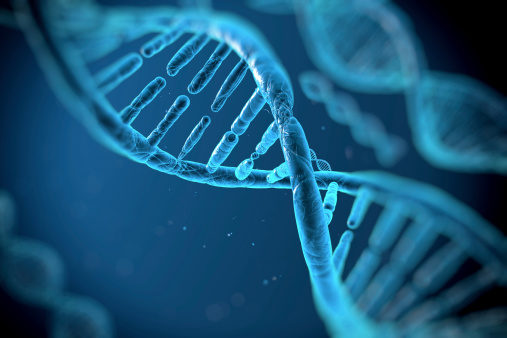Washington, D.C.— A large part of the controversy surrounding the New York Attorney General’s investigation into herbal supplements regards DNA barcoding, the method by which he arrived at his initial claims that labels on these supplements were misleading. To clear up misconceptions about this practice, the Natural Products Association hosted a webinar discussing its utility for dietary supplements, including raw ingredients, processed ingredients and finished products. Featured in the webinar were Sylesh Venkataraman, Ph.D., senior director of technology development at ChromaDex Analytics and Natalia Ivanova, Ph.D., lead DNA scientist at Biodiversity Institute of Ontario, University of Guelph.
Venkataraman began by explaining the need for methods like DNA barcoding for authenticating botanicals to ensure safety, traceability, and no adulteration in dietary supplements. However, DNA barcoding may not be the ideal choice for every situation. The nature of DNA barcoding involves taking unique sections of DNA from a plant, and comparing them to collected, fingerprinted references. Venkataraman notes that this is very valuable because even the most minor variations in plant DNA can be accounted for, and DNA samples can be taken from any part of the plant. He also mentions, though, that the state of the DNA itself can pose issues.
The DNA sequences that are barcoded are affected by levels of processing, with factors like heat, extreme Ph, and non-aqueous solvents yielding different results. In general, raw botanicals like leaves are a better match for DNA barcoding than something like capsules or solutions. For example, something like acai may be a good fit, while stevia extract isn’t, due to the amount of degradation the preparation process puts on the DNA fragments used for barcoding. Venkataraman concluded by saying that while DNA barcoding is a very special and useful tool, it is also still in its infancy and very complicated. It may also be insufficient for certain applications where other methods like chemical markers, fingerprinting techniques and even taxonomy would be more effective.
Dr. Ivanova explained some of the history behind DNA barcoding. Prior to the NYAG controversy, it had been used with some success in testing finished food products, such as in the 2013 horse meat scandal in Canada. However, even with foods, there were some issues. When used on several varieties of commercial honey, DNA barcoding was ineffective with dark honey due to the presence of polyphenols, and Ivanova noted that the process needs further optimization. Turning the lens back to herbal supplements, she explains that while protocols are readily available to help people trying to utilize DNA barcoding, it is still a very complex process, and dependant on the technician’s skill to a degree. She also mirrors the concern that DNA degradation is a large concern when dealing with heavily processed finished products, as well as background contamination. Ultimately, if these outside factors cannot be eliminated from the final results, Ivanova concluded that there needs to be a way to subtract them in order to make sure this valuable—if still developing—tool is being used properly.
Published in WholeFoods Magazine, May 2015(online 3/20/2015)










